Everything you need to know about specifications and performance - Peugeot 308 2010 - 1.6 16V VTi (120 Hp) Automatic
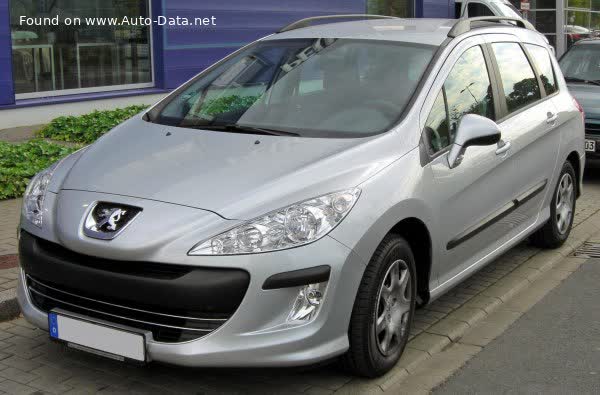
Overview:
What is the engine capacity of a Peugeot 308 2010?
The engine capacity of the Peugeot 308 2010 is 1598.
Peugeot 308 2010 How many horsepower?
The engine power of the Peugeot 308 2010 is 120 Hp @ 6000 rpm..
What is the Peugeot 308 2010 engine?
Peugeot 308 2010 engine is 5FW EP6. (Click to see other cars using the same engine)
How much gasoline does a Peugeot 308 2010 consume?
The Peugeot 308 2010 consumes 7.5 liters of gasoline per 100 km
General:
Engine:
Performance:
Space:
dimensions:
Powertrain, Suspension and Brakes:
See also
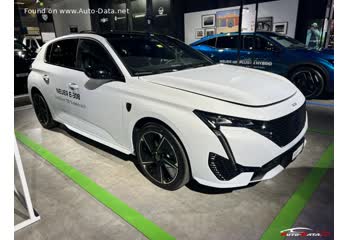
Last generation.
Its production began in 2023 until 2025

Same engine. (5FW EP6).
Its production began in 2010 until 2012
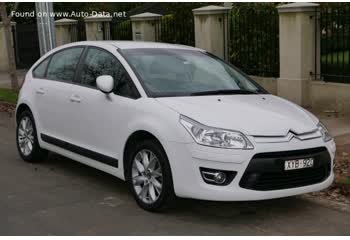
Same engine. (5FW EP6).
Its production began in 2008 until 2010
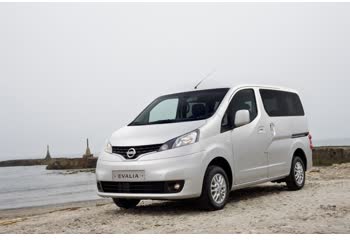
Same production year and almost the same engine capacity.
Its production began in 2010 until 2019
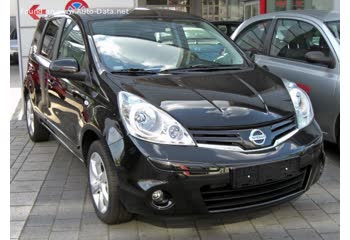
Same production year and almost the same engine capacity.
Its production began in 2010 until 2012

Write a comment